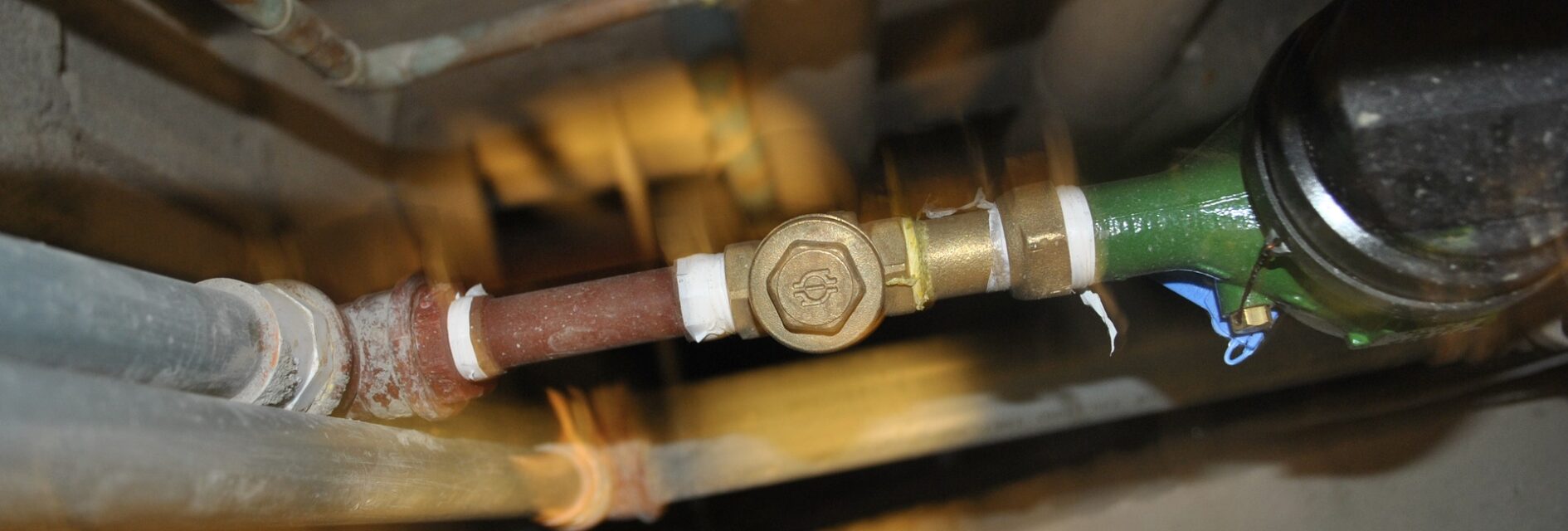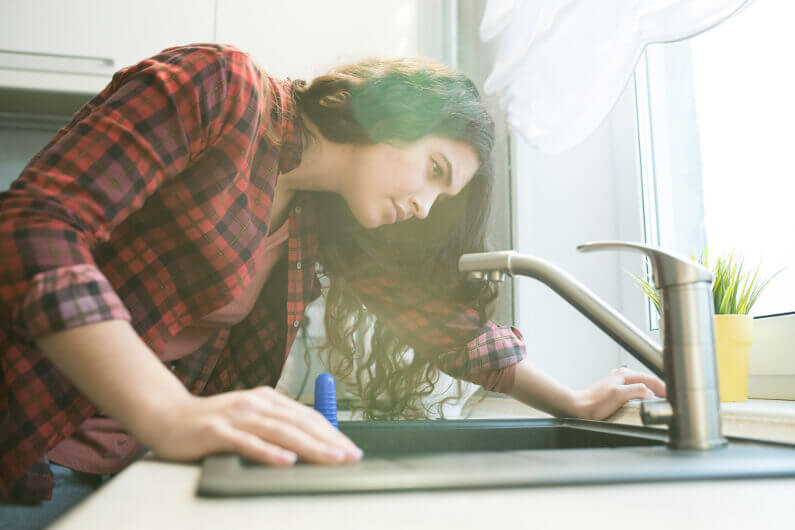Tackling Plumbing Issues in Older Homes: Professional Tips
Tackling Plumbing Issues in Older Homes: Professional Tips
Blog Article
This article listed below pertaining to Main Plumbing Issues Found in Old Houses is highly captivating. Don't bypass it.

Older homes usually include charm, character, and background, however they can also bring a host of pipes issues. Whether you're managing aging pipes, low tide pressure, or leaks, recognizing exactly how to address these usual issues is essential to keeping a safe and useful home. In this guide, we'll discover the normal plumbing difficulties encountered by older homes and offer sensible services to maintain your pipes in leading shape.
Comprehending Usual Pipes Problems
Aging Pipelines
One of one of the most common problems in older homes is maturing pipes. Depending upon the period in which your home was built, the pipes may be made from products that have actually deteriorated in time, such as galvanized steel, cast iron, and even lead. These products can wear away, become breakable, or create leakages, bring about water damage and possible health hazards.
Low Water Stress
If you're experiencing low tide pressure, it could be due to natural resources, deterioration inside the pipelines, or old components that are no more operating successfully. This can be a significant hassle, particularly in areas like showers and sinks.
Leaking Pipes
Leaks are one more frequent issue in older homes, commonly brought on by rusty or damaged pipelines. Even little leaks can cause significant water damages, mold and mildew development, and raised water bills if not attended to without delay.
Outdated Fixtures
Outdated plumbing fixtures such as faucets, bathrooms, and showerheads not only look old however may likewise be much less effective, vulnerable to leakages, or inappropriate with modern-day pipes criteria.
Pipeline Rust
Deterioration is an usual trouble in older pipelines, specifically those made from galvanized steel or actors iron. Rusty pipes can limit water flow, trigger discoloration, and eventually result in leaks or pipeline bursts.
Assessing the Problem of Your Pipes
Checking Noticeable Pipes
Start by examining any visible pipelines in your house, such as those in cellars, crawl spaces, or under sinks. Search for signs of rust, leaks, or rust, which can indicate underlying concerns.
Looking for Leaks
Check for leaks by inspecting locations around taps, toilets, and under sinks. You can also check your water meter prior to and after a period of no water use to detect surprise leakages.
Water High Quality Testing
Older pipelines can influence the high quality of your water. Conduct a water quality examination to check for contaminants such as lead, corrosion, or other pollutants that may be presented by aging pipelines.
Solutions for Typical Plumbing Concerns
Changing Aging Pipes
If your home has old, deteriorating pipelines, think about changing them with contemporary materials like copper or PEX. This can be a significant financial investment, but it will certainly avoid future issues and enhance the safety and integrity of your pipes system.
Fixing Low Tide Pressure
To deal with low water stress, begin by cleaning or replacing old components and eliminating mineral build-up in the pipes. If the trouble continues, it may be needed to replace areas of rusty pipes.
Fixing and Replacing Dripping Pipes
For tiny leaks, you can utilize pipeline clamps or epoxy putty as a short-term fix. Nonetheless, it's best to replace dripping pipes completely to stay clear of additional damages.
Upgrading Components
Updating old fixtures to contemporary, water-efficient designs can improve your home's plumbing performance and minimize water intake. Look for fixtures with the WaterSense label for the best performance.
Dealing with Pipe Rust
If your pipelines are worn away, changing them with corrosion-resistant materials like copper, PVC, or PEX is the very best option. Normal inspections and water quality maintenance can help avoid additionally rust.
When to Call an Expert
While some pipes concerns can be handled with DIY solutions, there are times when it's best to call a specialist. If you're dealing with major leakages, considerable corrosion, or are unsure about the condition of your pipes, a certified plumbing technician can supply skilled analysis and repair service.
Preventive Upkeep Tips
Normal Examinations
Consistently evaluate your pipes system for indications of deterioration. Capturing problems early can avoid costly repairs down the line.
Water Stress Law
Guarantee your water stress is within the advised array to prevent worrying your pipes and components. A plumber can mount a pressure regulator if needed.
Water Quality Maintenance
Install water filters or softeners if your water top quality is poor. This can secure your pipelines and components from damages triggered by difficult water or contaminants.
Aggressive Pipe Replacement
If your home has very old pipes, take into consideration aggressive substitute prior to significant issues develop. This can save you from emergency fixings and water damages.
Verdict
Taking care of plumbing issues in older homes calls for a mix of watchfulness, preventive upkeep, and prompt upgrades. By comprehending the common obstacles and understanding when to seek specialist assistance, you can ensure your plumbing system stays functional and dependable for several years to find.
Common Plumbing Issues in Older Homes and How to Fix Them
Owning an older home in Australia comes with its unique charm and a set of challenges, especially when it comes to plumbing. The Sunshine Coast has many older properties that can harbour plumbing problems that aren t just inconvenient but potentially costly. Here s a look at some common plumbing issues in older homes and expert advice on how to handle them.
Outdated Piping Materials
Many older homes were built with galvanised steel, cast iron, or even lead pipes, materials that are far from ideal by today s standards. Galvanised pipes are prone to corrosion and clogging, while lead pipes pose serious health risks.
How to Fix:
Replacing old pipes is a job for a professional. Upgrading to copper or PVC piping not only enhances water quality and flow but also increases the property s safety and value. If you suspect your home has outdated materials, a licensed plumber can conduct a thorough inspection and recommend the best course of action.
Corrosion and Pipe Degradation
Over time, exposure to water and minerals can cause pipes to corrode, leading to leaks, bursts, and water contamination. Corrosion is especially common in homes over 50 years old.
How to Fix:
Regular inspections can catch early signs of corrosion. If corrosion is found, the affected section of piping often needs to be replaced. For homes with extensive corrosion, a complete plumbing overhaul might be necessary. It s crucial to consult with a plumbing expert to understand the extent of the issue.
Tree Root Intrusion
Older neighbourhoods usually have mature trees whose roots can intrude into pipe lines, causing blockages or damage. This is particularly problematic for sewer lines, where roots seek out water sources.
How to Fix:
A plumber can use a specialised camera to inspect sewer lines for root intrusion. If roots are a problem, methods like root cutting or hydro-jetting can clear the obstruction. In severe cases, part of the pipe may need replacing. Consider root barriers around the piping to prevent future issues.
Inadequate Water Pressure
Low water pressure in older homes can be due to various factors, including corroded water lines, sediment build-up in pipes, or outdated fixtures.
How to Fix:
First, check if the low pressure is isolated to one area or throughout the house. Replacing old fixtures can sometimes resolve the issue. However, if the problem is more widespread, it might be due to sediment or corrosion. Flushing the system or replacing the affected pipes usually restores normal pressure. Again, a professional assessment is advisable.
Outdated Fixtures
Older homes often feature fixtures that are not only visually dated but functionally inefficient. This includes everything from toilets and taps to showerheads and washing machine hoses.
How to Fix:
Updating these fixtures can improve both water efficiency and the aesthetic appeal of your home. Modern fixtures are designed to conserve water, which can significantly reduce your water bill and lessen your environmental impact.
Conclusion
Maintaining the plumbing in an older home requires a proactive approach. Regular checks and updates are key to preserving these beautiful properties. If you re facing plumbing issues in your older home, it s best to call on experienced professionals like Green & Gold Plumbing & Gas. With the right expertise, even the most daunting plumbing problems can be resolved, ensuring that your home s character is maintained while its functionality is enhanced.
https://gandgplumbing.com.au/common-plumbing-issues-in-older-homes-and-how-to-fix-them/

I have been very excited about and I hope you enjoyed reading the entire blog posting. Are you aware of anybody else who is in to Main Plumbing Issues Found in Old Houses? Feel free to share it. I am grateful for your time. Kindly visit our blog back soon.
Book Today Report this page